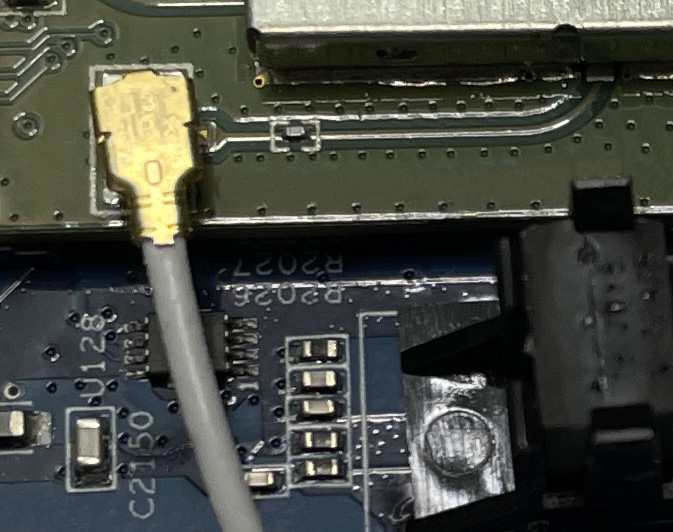EMC Question of the Week: July 15, 2024

A 2-meter coaxial cable is used to convey a single-ended 100-Mbps digital signal between two circuit boards in a system. The signal integrity is good, but there is a 10-ampere DC current flowing on the cable shield that is unrelated to the signal. The designers should consider
- using a twisted wire pair
- using a shielded twisted wire pair
- grounding the coax at one end only
- not changing anything
Answer
The best answer is “d.” The first three options represent poor design practices that are likely to cause EMC and/or signal integrity issues. Twisted wire pairs, whether shielded or unshielded, are balanced transmission lines. They can be good choices for differential signals, but they are not appropriate for high-speed, single-ended signals.
Floating the shield at one end prevents DC current from flowing on the shield, but the shield also carries the signal current. If the shield is isolated from ground at DC, an effort must be made to re-establish a high-frequency connection for the signal current. This can be done using capacitors, but good high-frequency capacitor connections add cost and take up space. They can also degrade the signal integrity and make the interface more susceptible to external noise. A good rule-of-thumb for single-ended signals is to never introduce an intentional impedance in the signal's current return path.
In this case, the key question that the designers should consider is whether 10 A of shield current is really a problem. 10 A is well below the maximum current limit for most cable shields. Common-impedance coupling is unlikely to be an issue, because the coupled voltage would certainly be very small (10 A times the shield resistance). Also, most 100-Mbps interfaces are AC-coupled and would not respond to a small, coupled DC voltage.
If there is no safety issue, coaxial cables should be grounded at both ends. In rare situations where grounding a coaxial cable shield introduces a safety concern, differential signaling is usually a much better option than floating the return of a single-ended signal.
Have a comment or question regarding this solution? We'd like to hear from you. Email us at
